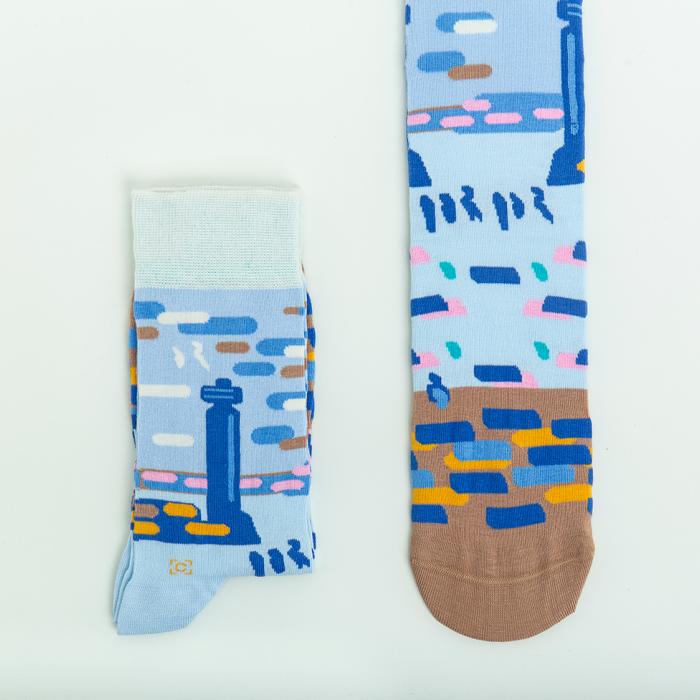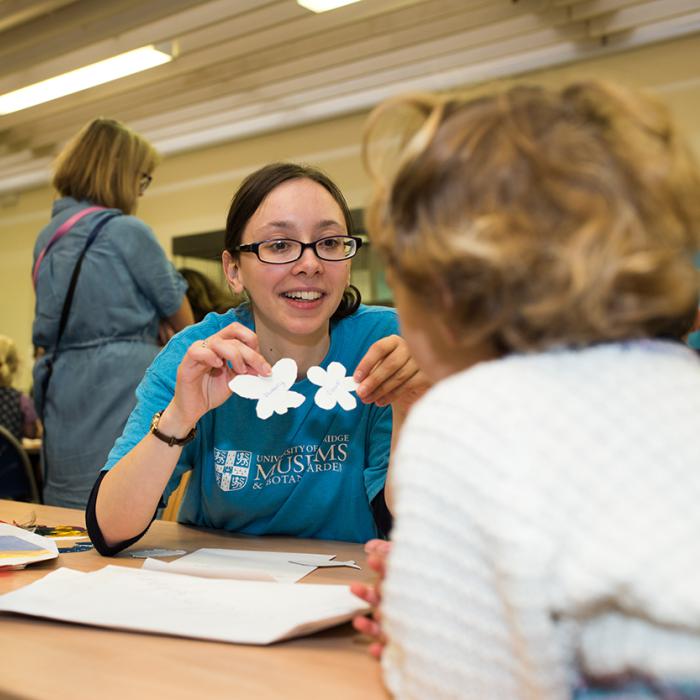Scientists use all sorts of different ways to name the new plants, animals and fossils they find.
Two parts - Scientific names usually have two parts, just as people have a first name and a family name.
Latin or Ancient Greek - Often the names use words from Latin or Ancient Greek.
It is really unusual for a palaeontologist (scientist who study fossils) to find a complete skeleton with all the bones in the right place. We are more likely to find only a few bones or a jumbled up skeleton.
Putting a skeleton back to together when you know what the animal looks like can be a challenge, but imagine how hard that becomes when there are no more of those creatures alive for you look at. It is a bit like trying to put a jigsaw puzzle together when you don’t have the photo on the box as a guide.
How does burning fossil fuels threaten Antarctic marine life?
This experiment demonstrates the link between increasing carbon dioxide levels and ocean acidification and freshening oceans. Freshwater and more acidic water in the oceans make life harder for Antarctica’s marine animals.
The experiment and video were made by Nick Barrett. Nick is a PhD student at the University of Cambridge Earth Science Department and The British Antarctic Survey investigating the resistance of Antarctic marine species to predicted freshening and lower salinity in the Southern Ocean.
To make your zine you will need:
- a sheet of paper
- coloured pencils or pens
- coloured paper
- some glue
- fossils, rocks, pebbles for inspiration
Download the zine folding instructions and watch the video below
How does burning fossil fuels threaten Antarctic marine life?
This experiment demonstrates the link between increasing carbon dioxide levels and ocean acidification and freshening oceans. Freshwater and more acidic water in the oceans make life harder for Antarctica’s marine animals.
The experiment and video were made by Nick Barrett. Nick is a PhD student at the University of Cambridge Earth Science Department and The British Antarctic Survey investigating the resistance of Antarctic marine species to predicted freshening and lower salinity in the Southern Ocean.
Did you know the first bees would have been flying around in the Cretaceous just as ‘Iggy’ our Iguanodon was snacking on leaves from tall trees? At the Sedgwick Museum we have two 20million year old honey bees trapped in amber. Found on Yarmouth beach in 1891.
Amy Smith studies bees Plant Sciences in Cambridge. In this activity Amy shows us how to make a bee-autiful fluffy bumble bee. You will need some card and wool.
It is really unusual for a palaeontologist (scientist who study fossils) to find a complete skeleton with all the bones in the right place. We are more likely to find only a few bones or a jumbled up skeleton.
Putting a skeleton back to together when you know what the animal looks like can be a challenge, but imagine how hard that becomes when there are no more of those creatures alive for you look at. It is a bit like trying to put a jigsaw puzzle together when you don’t have the photo on the box as a guide.
Join artist Kaitlin Ferguson as she looks at a globe with animals on it, from the Whipple Museum. Learn how to make your own globe at home and imagine what animal you would be.
Gravel Hunters is an educational resource that aims to encourage budding explorers of all ages to discover fossils for themselves on their doorsteps. From gardens to car parks and driveways, fossils can be unearthed in flint gravel from all sorts of environments - all you need to do is collect them.
This resource gives examples of some of the most common fossils found in flint gravel.
Follow the story of Denny the Farmland field mouse on a twilight foraging adventure, then have a go at making your own owl mask and constellation decorations.

